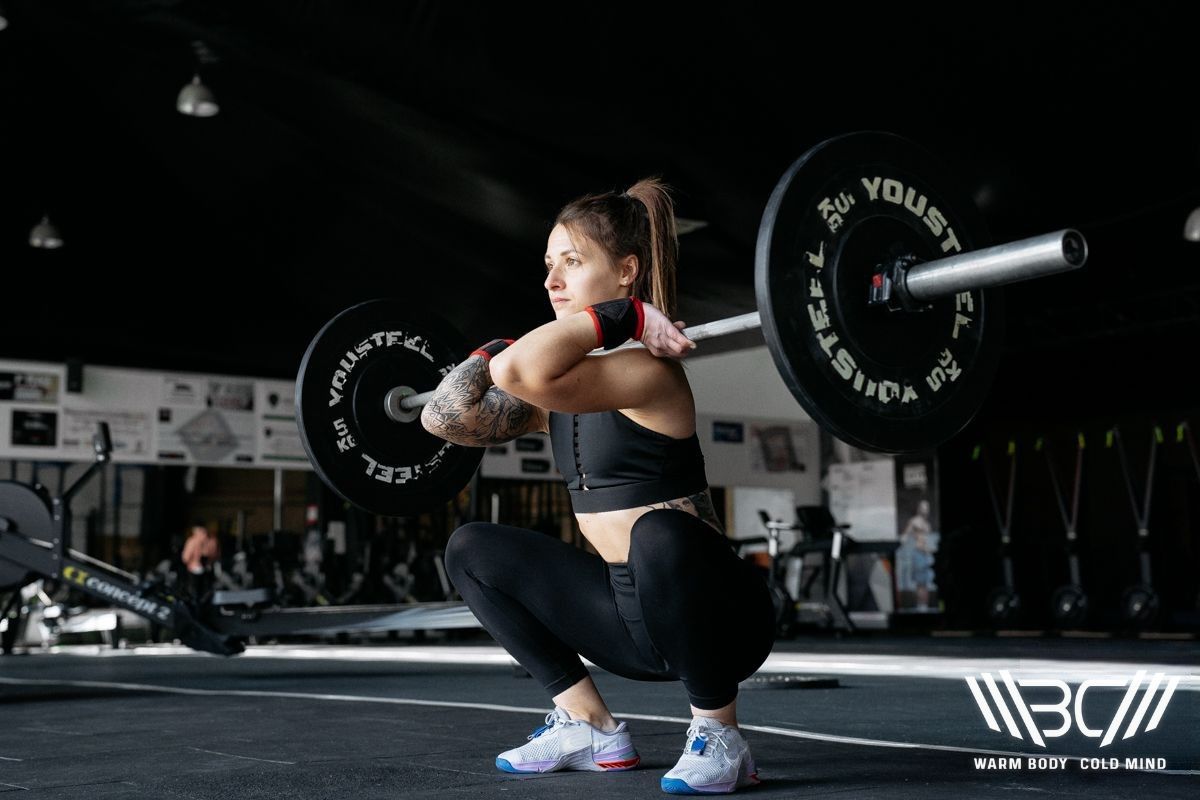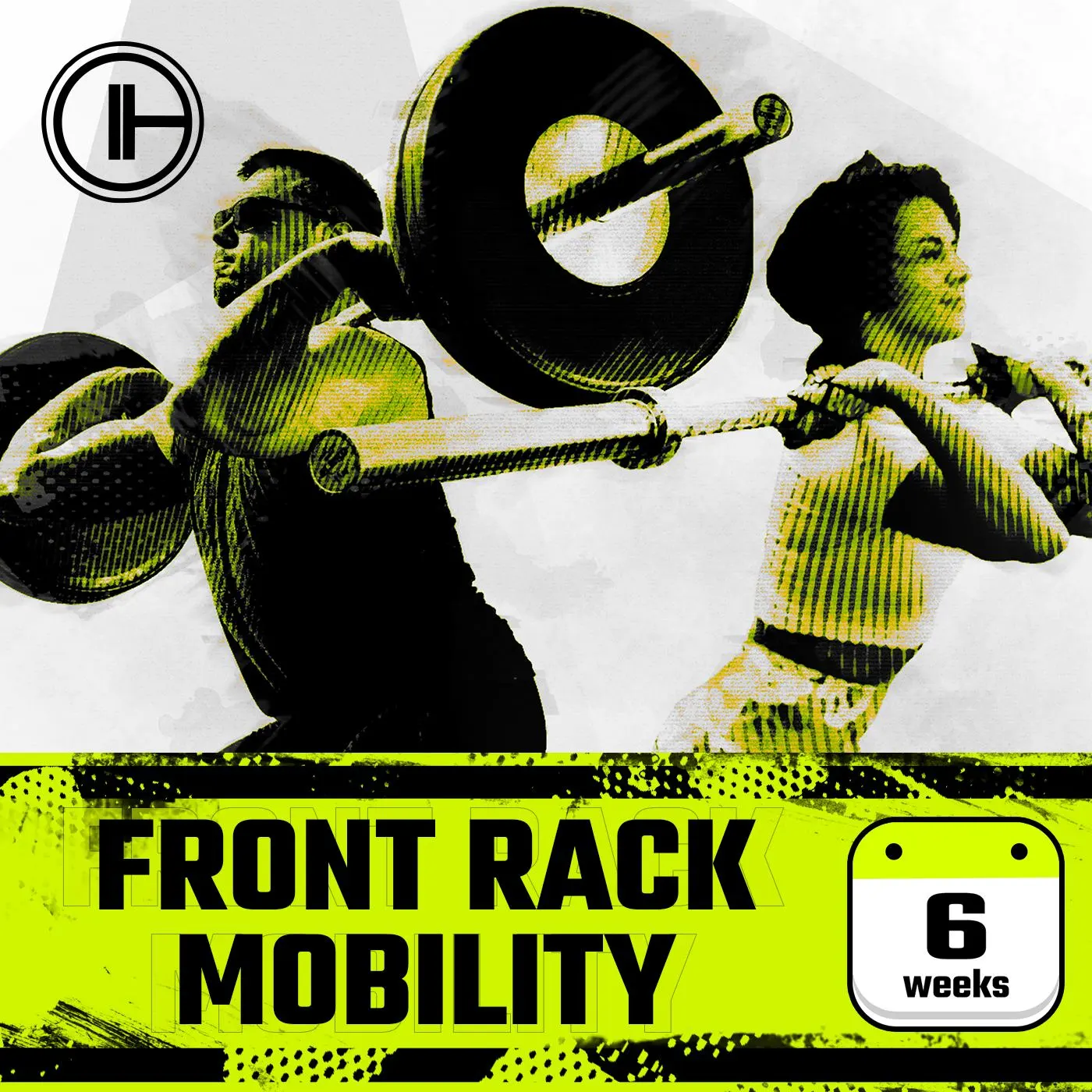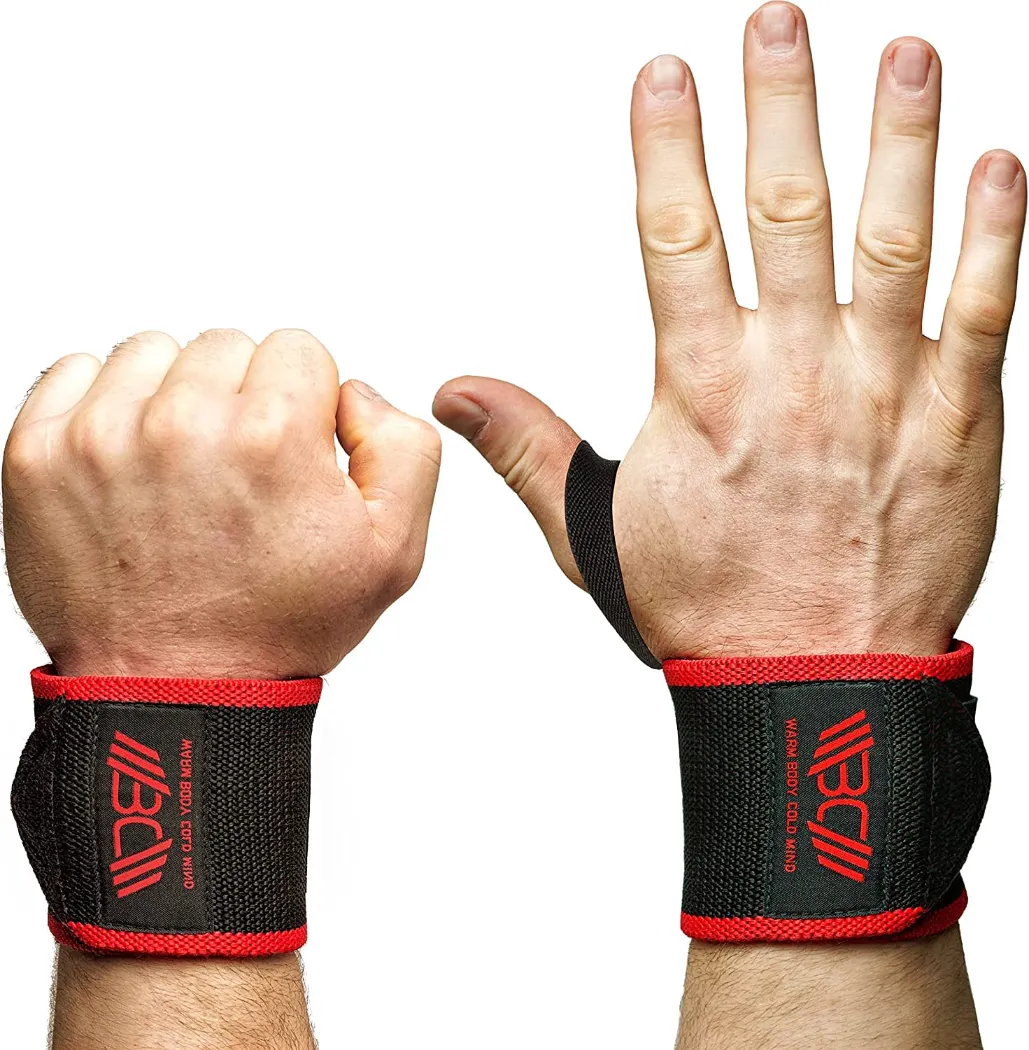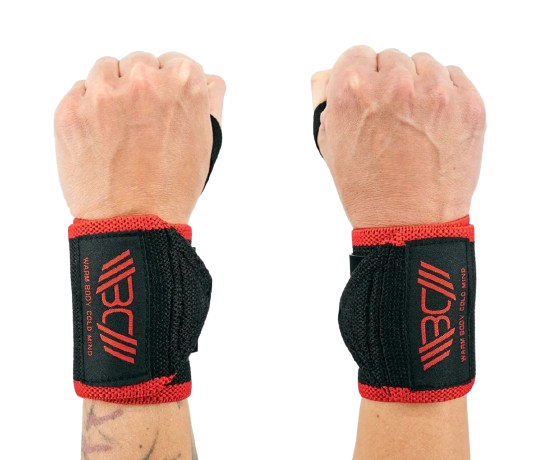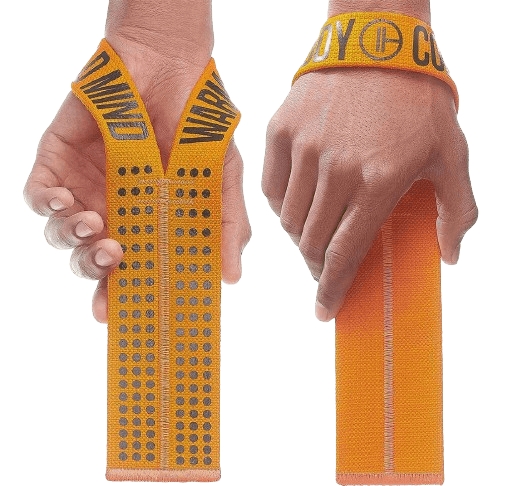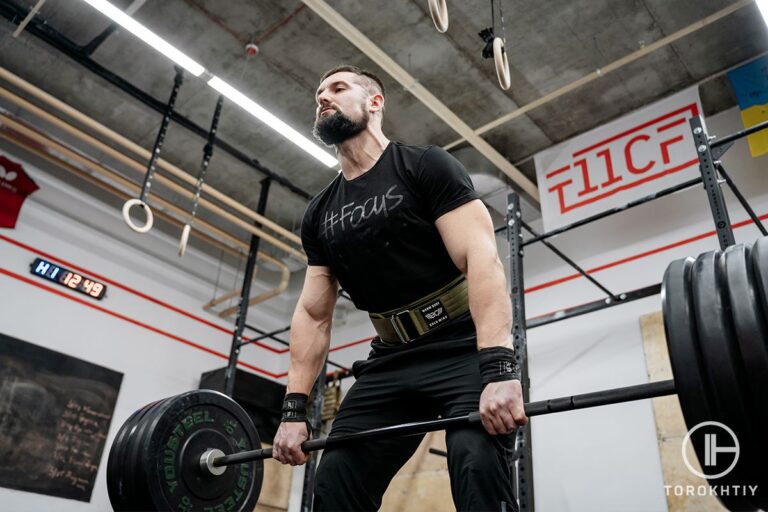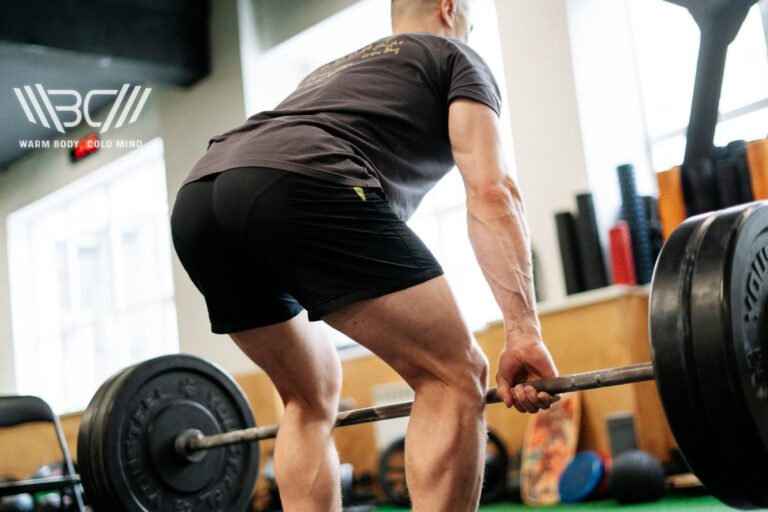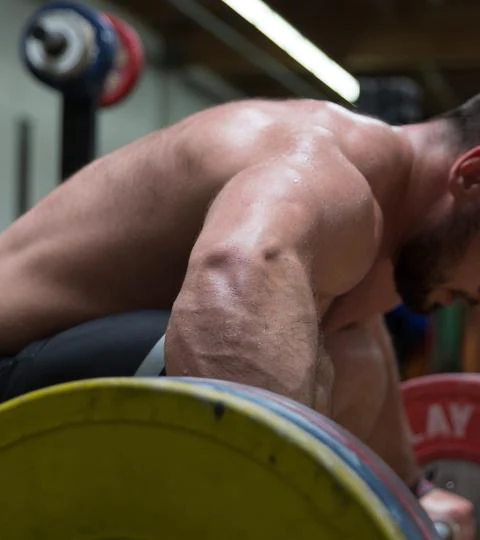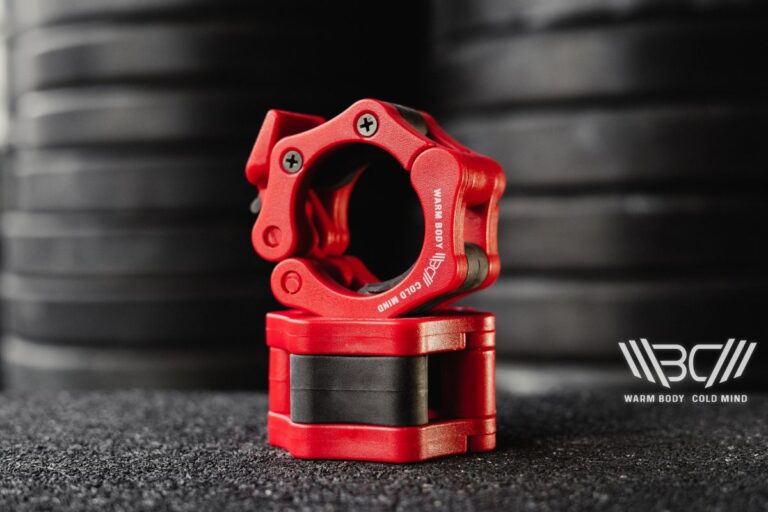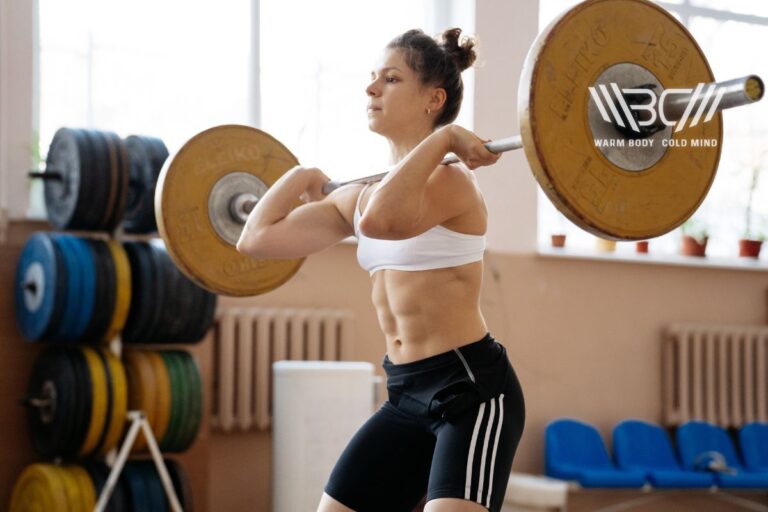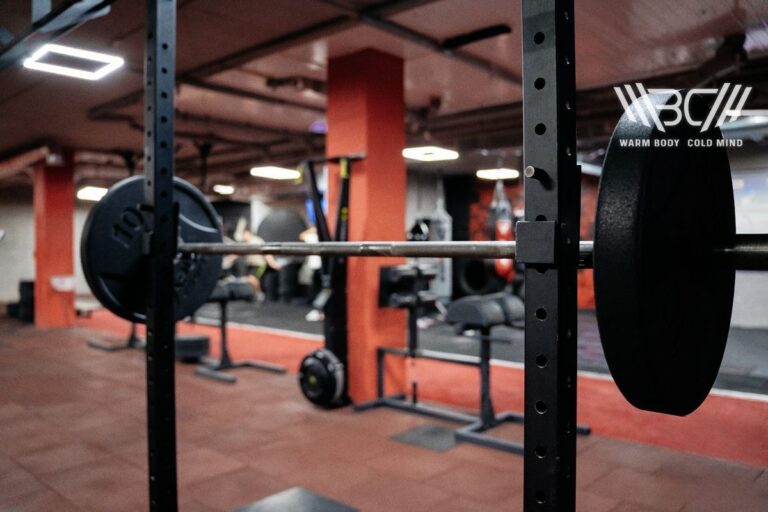Front Squat Wrist Pain: Causes & How to Fix Them
MEDICAL WARNING: This article is for informational purposes only and is not intended to be a substitute for professional medical advice. If you experience any health problems while exercising or using supplements, consult your doctor.
Regardless of ability level, front squat wrist pain is a common problem that can be easily fixed once the factors causing the pain have been correctly identified. This article explains the main reasons causing wrist pain and how to front squat without hurting your wrists.
Front Squat Wrist Pain – Wrist pain during front squats is a common problem that can be fixed by identifying the underlying causes. Focus on using the correct technique and pick the right weight for your ability level. Use wrist straps for added support when lifting.
Functioning of the Wrists During Front Squats
The wrist joint is located between the hand and forearm which means it’s involved in multiple movement patterns as well as gym exercises. The motions of the wrist can be divided into five categories:
- Flexion – The wrist joint bends towards the ground with the knuckles facing upwards)
- Extension – The wrist joint bends towards the elbow with the knuckles facing upwards)
- Circumduction – The wrist moves around in a circular motion
- Ulnar Deviation – The wrist joint moves outwards towards the little finger
- Radial Deviation – The wrist joint moves inwards towards the thumb
During the front squat movement, the wrist joint needs to perform extension and some radial deviation to keep the barbell in the correct position. Due to this, a certain level of mobility is needed to keep the wrist joint in the same position and reduce the amount of pressure experienced.
Poor mobility, too much barbell weight, incorrect hand and barbell placement, and poor technique are all common causes of wrist pain due to the increased amount of stress placed on the wrist joint. Too much of any of the five wrist motions can lead to pain and in some cases injury.
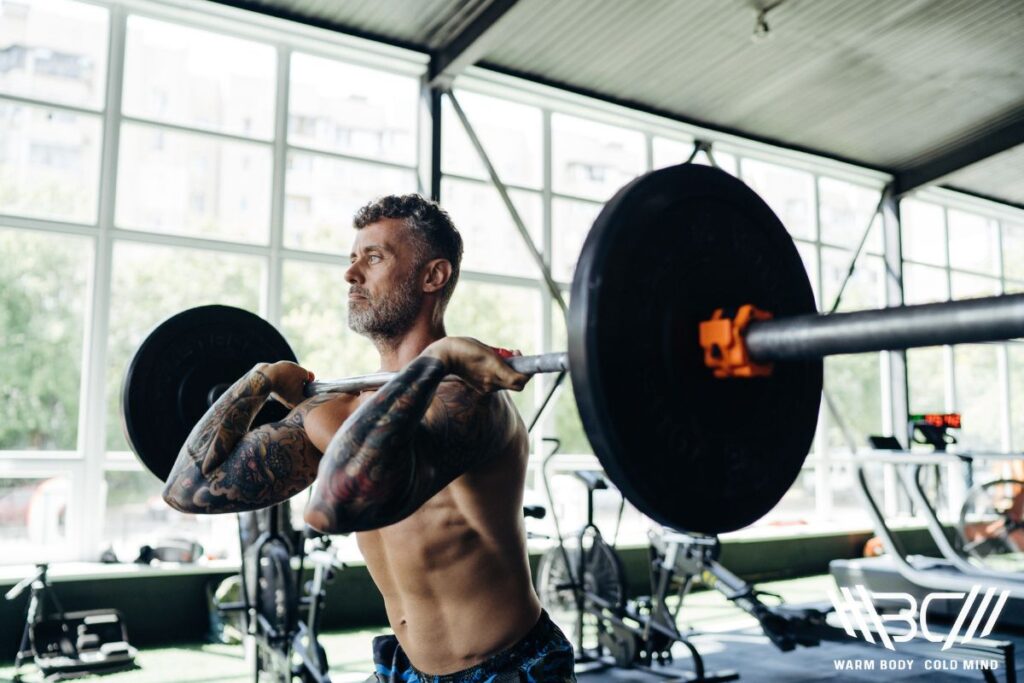
The Main Reasons Why the Wrists Hurt During Front Squats
Below we’ve discussed the main reasons why front squats hurt wrists to identify the main causes before looking to fix them.
1. Poor Wrist Mobility
Poor wrist mobility is perhaps one of the most common causes of wrist pain when performing front squats. Unlike back squats where the wrist joints are in a fairly neutral position, front squats require a greater amount of wrist extension. With this, having inflexible wrists will increase the pressure on your wrist joints, often causing pain and discomfort when lifting.
During the front squat, as your wrist flexibility decreases your bar grip needs to widen to keep your elbows up. This allows you to adequately support the barbell throughout the movement.
To improve your wrist mobility and combat common pain, we offer a six week wrist mobility program consisting of mobility drills, coaching instructions, and tests to monitor your progress.
2. Too Much Bar Weight
Compared to back squats, front squats require a harder movement pattern which means you generally can’t lift as much weight as the weight sits in front of your body. Rather than sitting back with your body slightly forward like you would in a back squat, front squats require more of a straight-down movement. This requires a higher degree of quad and core activation.
If you load too much weight onto the barbell like you might when performing a back squat, your hand and forearm muscles are placed under increased stress which may then reduce wrist stability and cause pain.
3. Incorrect Hand Placement
When your elbows are in the up position with your wrists facing toward the sky, the barbell should sit firmly on your front deltoid muscles without moving. This means that you should only have your fingertips on the bar using two to four fingers instead of gripping the bar with your whole hand.
If your elbows drop down during the front squat movement, you naturally grab the barbell with your full hand to stop it rolling off your shoulders. This places increased stress on your wrist joints due to the rigid, unnatural position required to keep your elbows up and wrists extended.
4. Incorrect Barbell Placement
Throughout the front squat movement, the barbell should sit on your front deltoids without moving around. This is accomplished by keeping your elbows in the up position, with your wrists facing upwards and elbow joints fully flexed. The back of your upper arm should be parallel to the floor when squatting.
Adopting this position throughout the front squat takes the pressure off your wrists and hands, keeping most of the barbell weight on your front shoulders. Once your elbows start to lower down and point towards the floor, more stress is placed on your wrist joints which then leads to pain.

Secure your performance with our Velcro wrist wraps – the perfect blend of support and flexibility.
5. Incorrect Technique
Rather than sitting back with a slight forward lean like you would in the back squat, the front squat requires you to squat straight down whilst placing more emphasis on your core, quads, and upper back muscles.
Sitting too far back in the front squat places your wrists under increased pressure with the greater mobility (wrist extension) required.
Alongside this, not keeping your heels flat on the floor throughout the front squat movement causes a forward lean. As this happens, your body works to compensate by leaning back which again, causes your wrists to hyperextend.
Focus on the correct technique cues and practice using a smaller bar weight to master each element.
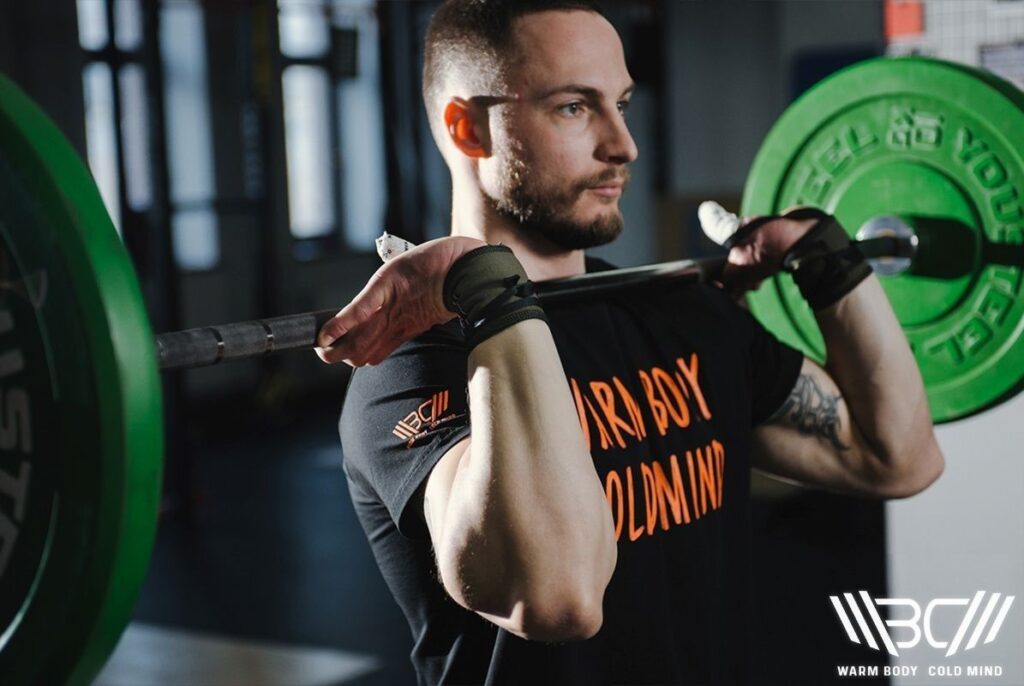
Symptoms and Problems with the Wrists During Front Squats
Recognizing the symptoms and problems of front squat wrist pain allows us to identify the main reason and form a suitable treatment plan. Here are the types of wrist pain and how to recognize them.
1. Radial-Sided Wrist Pain
Experiencing wrist pain on the same side as your thumb (palm side and knuckle side) during front squats is a sign of radial-sided wrist pain.
This may be caused by:
- Carpometacarpal Osteoarthritis (Also commonly called arthritis, pain is experienced at the base of the thumb. Symptoms may be worsened by continually grasping the barbell during the front squat)
- Tenosynovitis (This refers to inflammation of the fluid-filled sheath surrounding a tendon in the wrist. Symptoms include pain when grasping items and moving the thumb and wrist)
2. Ulnar-Sided Wrist Pain
Experiencing wrist pain on the same side as your little finger (palm side and knuckle side) during front squats is a sign of ulnar-sided wrist pain.
This may be caused by:
- Ulnar Styloid Impaction Syndrome (This refers to wrist pain caused by compression between the ulna and wrist bones during the wrist extension movement used for the front squat. Experiencing frequent pain during similar movement patterns can help diagnose the condition)
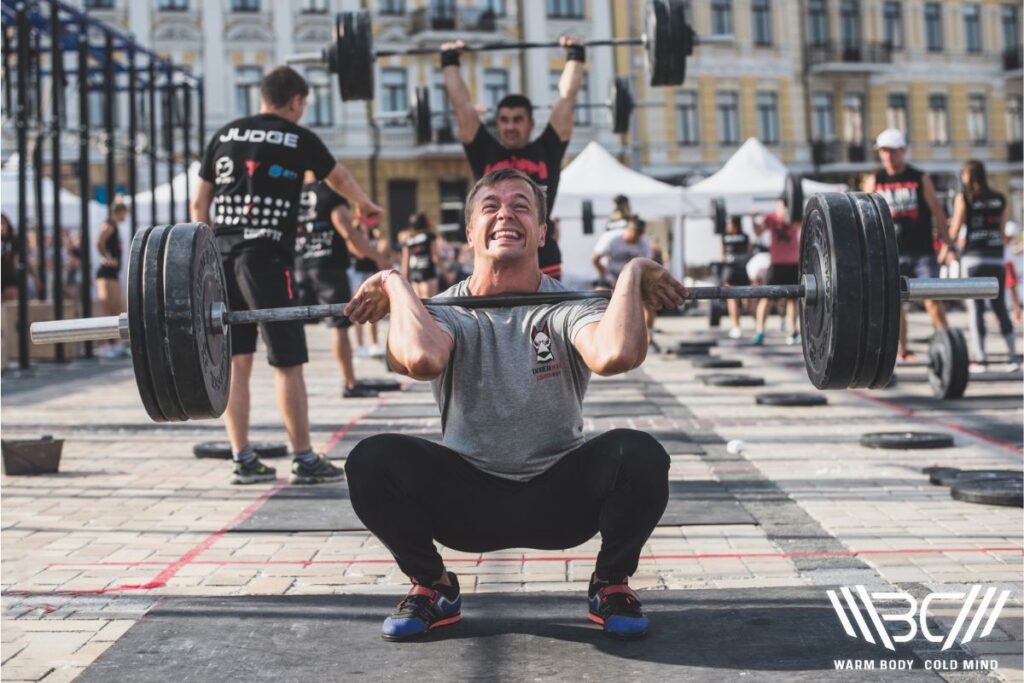
3. Palmar-Sided Wrist Pain
Experiencing wrist pain on the palm-side only when front squatting may be a sign of palmar-sided wrist pain.
Causes may include:
- Carpal Tunnel Syndrome (Symptoms may include wrist pain and/or tingling that may become worse at night. This is caused by compression of the median nerve located at the carpal tunnel in the wrist)
- Ulnar Neuropathy (Continuous compression caused by repeated wrist flexion or extension may result in loss of dexterity, hand weakness, and numbness/ tingling)
4. Dorsal-Sided Wrist Pain
Experiencing pain on the knuckle-side only when front squatting may be a sign of dorsal-sided wrist pain.
Common causes include:
- Wrist Sprains (These occur more commonly when the wrist is under increased pressure and gives way, stretching or tearing the ligaments connecting bones and joints in the wrists)
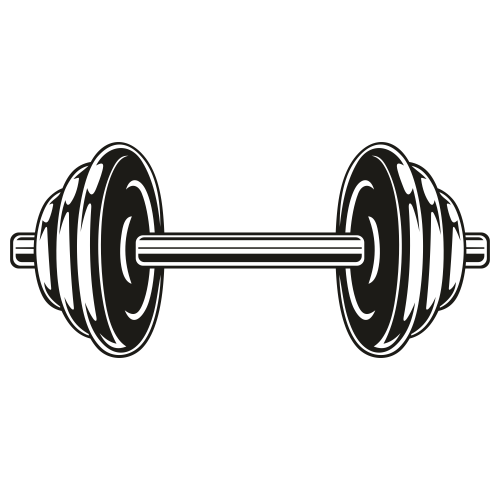
Pro Tip:
If you experience intense, prolonged wrist pain when performing the front squat or other movements, make sure to see a health professional. This article should be used as an information source and not a solution to serious wrist issues.
How to Avoid Wrist Pain During Front Squats?
While some cases of wrist pain may require treating the underlying issues rather than making changes to your front squat program, some symptoms may be alleviated by following the guidance below.
1. Change Your Technique
During the front squat movement, focus on the correct technique cues described below to limit the amount of pressure put on your wrist joints throughout the lift.
Focus on the correct hand position, barbell placement, movement pattern, and foot positions with the guidance of a personal trainer or other health professional.
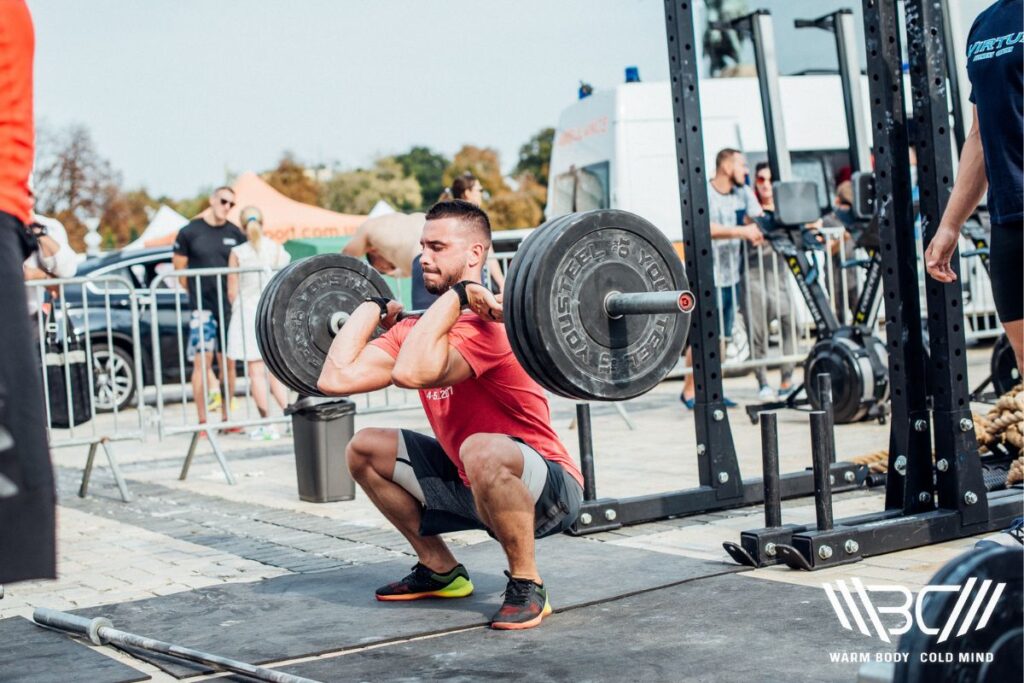
2. Manage the Weight
If you find yourself losing any of the technique cues described below, drop the weight and perform the programmed reps until you can perform perfect sets with no deviations in form.
Front squats require a lot of mobility and core strength to perform correctly and should be progressed slowly whatever your ability level is. Listen to the feedback from your body position and use the advice of your personal trainer or other professional who may create a periodized training program.
3. Use Wrist Wraps
Wrist wraps provide support and stability to your wrist joints, preventing them from moving out of an optimal lifting position and reducing the pressure when deviations in form are seen.
Using wrist wraps allows you to work on mobility and other areas of your front squat form whilst reducing the possibility of injury and pain.
Our Recommendation – Elastic Velcro Wrist Wraps
Our premium heavy-duty cotton wrist wraps provide excellent support due to the integrated thumb hole and velcro elastic strap closure mechanism. They are suitable for all kinds of lifters including powerlifters, weightlifters, Olympic lifters, and functional training.
The two size options are 12” and 18”, with a black and red color scheme with our logo on the side.
Our Recommendation – Weight Lifting Wrist Straps V1
Our high-quality cotton weightlifting straps are designed by Olympic gold medalist Oleksiy Torokhtiy, which reflects well in the overall design. The premium dual-stitching is designed to prevent tearing, with a max weight capacity of over 660 pounds (300kg).
The wrist straps provide excellent lifter comfort and come in 11 different color schemes.
4. Consider Treatments
Performing daily wrist mobility exercises to increase mobility, applying ice packs, and taking over-the-counter pain medication provides some ways to increase wrist health and relieve common symptoms associated with wrist pain.
Use these following the advice of your doctor or physiotherapist who can help to develop a suitable wrist mobility plan.
Subscribe!
The latest reviews of must-have home gym training equipment, apparel, and supplements that will enhance your performance and bring you new results.
Proper Front Squat and Wrist Technique
Front squats are one of the hardest exercises to perform correctly, with time needed to perfect your technique regardless of your ability level. Here’s how to perform front squats with the correct technique.
The front squat can be broken down into four distinct phases. These are:
- The Starting Position
- The Down Phase
- The Up Phase
- The End Position
1. The Starting Position
- Set the barbell on the rack just below shoulder height
- Grip the bar with your fingertips, not your whole hands
- Keep your elbows facing forward and upper arms parallel to the floor. Your front squat hand placement should allow your elbows to comfortably support the bar on your shoulders
- Keep your feet shoulder-width apart with your toes pointing out slightly
- Unrack the barbell whilst keeping your chest up and head facing forwards
2. The Down Phase
- Maintain the same body position and take a deep breath in, bracing your core
- Keep your wrists comfortably extended in the same position without moving them. The barbell should stay resting on your front deltoids
- Flex your knees and hips to descend into the squat position
- Pause at the bottom once the hips go below parallel
3. The Up Phase
- Maintaining the same body position, drive through the legs and hips, extending both to raise the barbell back to the starting position
- Keep your elbows up and wrists in the same position throughout
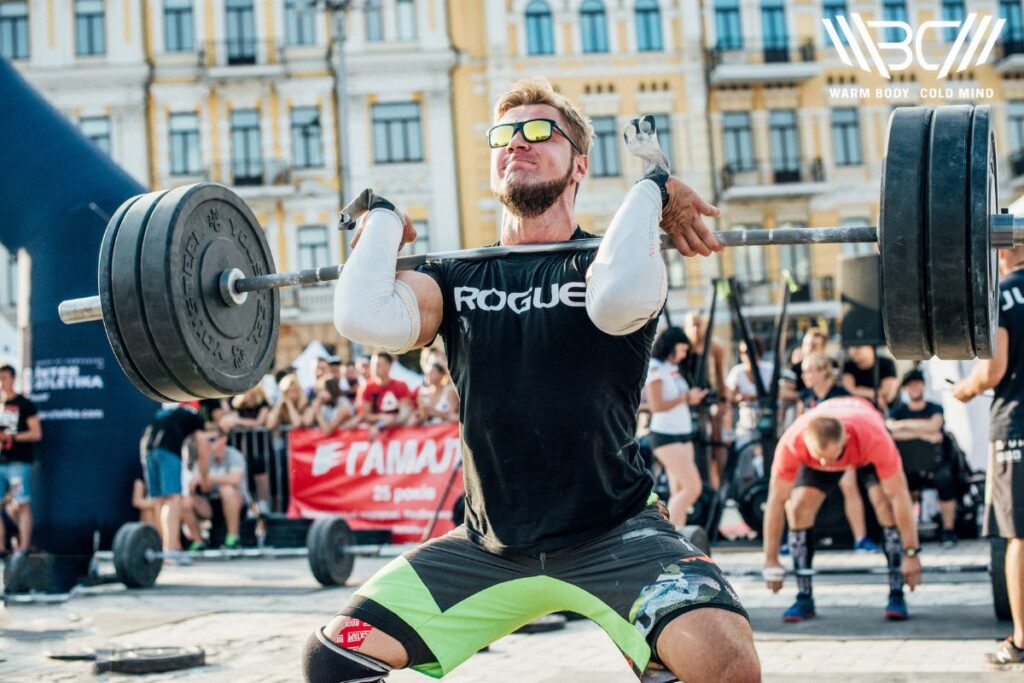
4. The End Position
- Pause briefly at the top when exhaling. Inhale again and brace your core before performing the same movement pattern
FAQ
Is Front Squat or Back Squat Better?
Back squats allow you to overload more weight which promotes an increase in strength and power. Front squats also improve strength and powder at a slower rate but are much better at developing your quadriceps.
If your goal is aesthetics, go with front squats. If your aim is to solely improve strength and power, back squats would be the better option.
Are Front Squats Ruining Your Wrists?
Performing front squats with the correct form and weight for your ability level won’t ruin your wrists. Using a weight that’s too heavy for you and using the incorrect form will ruin your wrists over time.
Why Does the Front Squat Hurt My Wrist So Much?
Your wrists play a leading role in the front squat movement as they are placed in a high-stress position due to the barbell placement.
Several factors may contribute to wrist pain when performing front squats including incorrect technique, poor wrist mobility, and using a weight that’s too heavy for your ability level.
How to Do Front Squats Without Hurting Your Wrists?
When performing front squats, start by checking the position of your shoulders and elbows in relation to the barbell. Focus on maintaining the correct body position throughout the movement and consider using wrist straps to provide extra wrist support.
Why Is My Front Squat So Weak?
Compared to the back squat, the front squat relies more on the core and anterior muscles. Any deviations in form and mobility issues will lead to reductions in power making it a hard exercise to perform and progress.
Conclusion
Start by learning the correct front squat form and progress slowly, using a suitable weight for your ability level without deviating from the proper technique.
Using wrist wraps provides extra support, allowing you to work on the underlying causes of the pain and focus on the right technique cues.
Do you get wrist pain when front squatting? What are you currently doing to fix it? Share your thoughts in the comments below.
References:
- Jace Erwin, Matthew Varacallo, “Anatomy, Shoulder and Upper Limb, Wrist Joint”, PubMed. Published 2020. Available from: https://www.ncbi.nlm.nih.gov/books/NBK534779/#:~:text=The%20wrist%20joint%20also%20referred
- Jonathan C. Gullett, Mark D. Tillman, Gregory M. Gutierrez, John W. Chow, “A biomechanical comparison of back and front squats in healthy trained individuals, “ Journal of Strength and Cond Research 23, No.1 (2009):284-292. doi:10.1519/JSC.0b013e31818546bb
- Alan Horschig, “How to Perfect the Front Squat,” Squat University, https://squatuniversity.com/2016/04/07/how-to-perfect-the-front-squat/amp/ (Accessed December 21, 2023)
- Daniel Lorenz, Scott Morrison, “CURRENT CONCEPTS IN PERIODIZATION OF STRENGTH AND CONDITIONING FOR THE SPORTS PHYSICAL THERAPIST,” International Journal of Sports Physical Therapy 10, no.6 (2015):734-747. PMC4637911
- Squat University, “How to Improve Wrist Mobility,” Youtube, https://youtu.be/NCPxGWf092I?si=6QKPNayhMgYguWq7 (Accessed December 21, 2023)
Author: Sergii Putsov
PhD in Sport Science, Olympic weightlifting, Strength & Conditioning coach and fitness expert
Sergii Putsov is a professional weightlifter with over 20 years of experience and multiple national medals. He was a member of the National weightlifting team, competing in the 94 kg weight class. Sergii holds a master’s degree in Olympic & Professional Sport Training and a Ph.D. in Sport Science. After his athletic career, Sergii transitioned into coaching and is now responsible for designing training programs, writing blog articles, providing live commentary for international weightlifting competitions, and hosting sport and fitness seminars worldwide.

